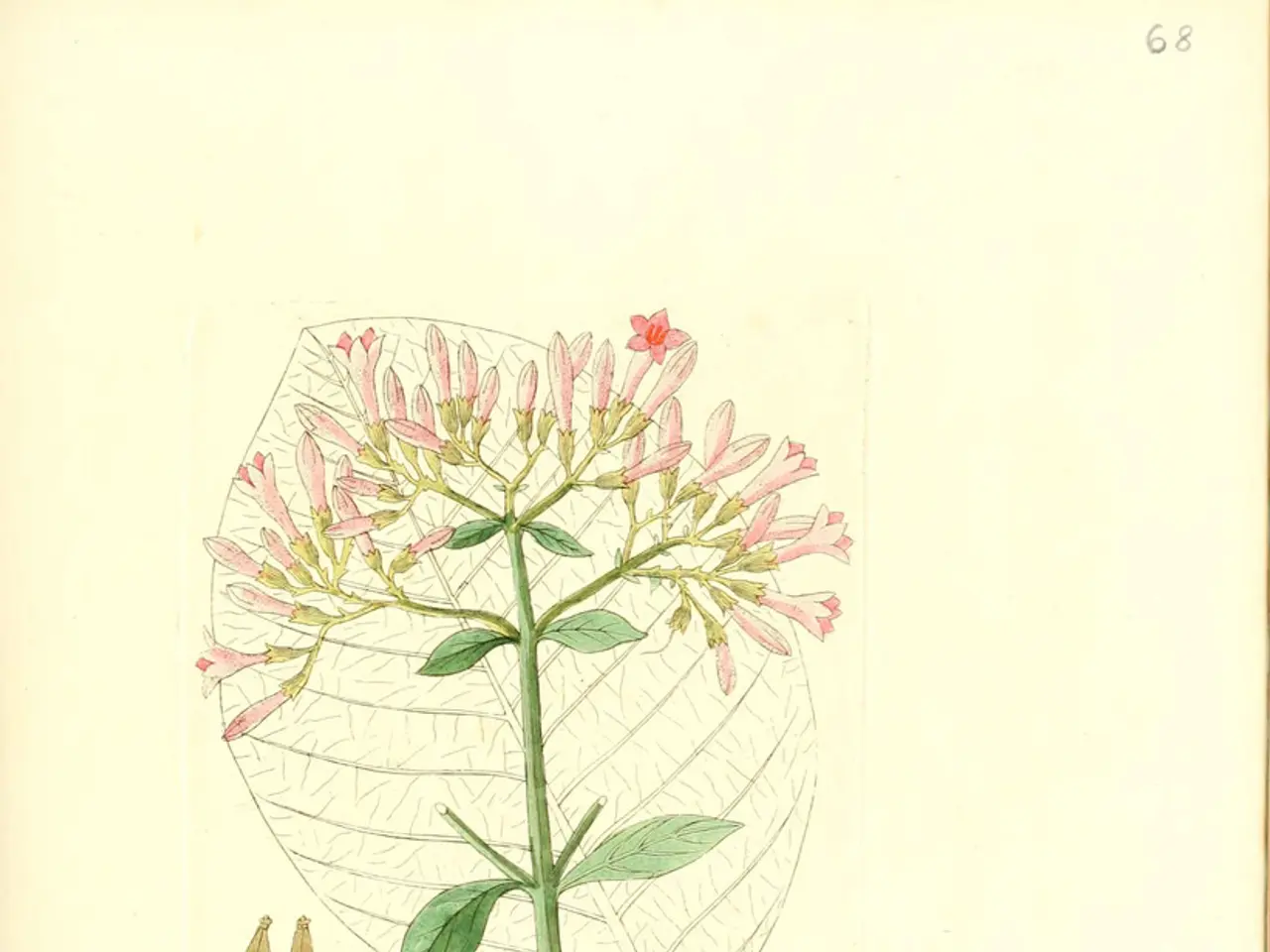UK Scientists Create 3D Embryo Model 'Hematoids' for Blood Cell Study
UK scientists have made a groundbreaking discovery by creating a 3D embryo model, dubbed 'hematoids', which mimics some initial stages of human development. The model, developed by researchers at the University of Cambridge, can replicate the formation of blood cells and even simulate diseases like leukemia.
The team's method involves creating three-dimensional structures from human stem cells. These hematoids self-organize in vitro to mimic early human embryonic development stages. By the second day, they form three germ layers: ectoderm, mesoderm, and endoderm. By the eighth day, cardiac cells appear, mirroring the heart's formation in a human embryo. On the 13th day, red blood spots emerge, imitating a crucial stage in human embryo development.
The hematoids' blood cells can differentiate into various types of blood cells, including T cells. Remarkably, these blood cells can also produce long-lasting blood cells for transplants. While still in the early stages of study, the 3D structures cannot transform into real embryos and lack various embryonic tissues, the yolk sac, or the placenta.
The 3D embryo model, called hematoids, opens up new avenues for studying human development and diseases. It can produce blood cells and simulate diseases like leukemia, potentially revolutionizing medical research and treatments.






